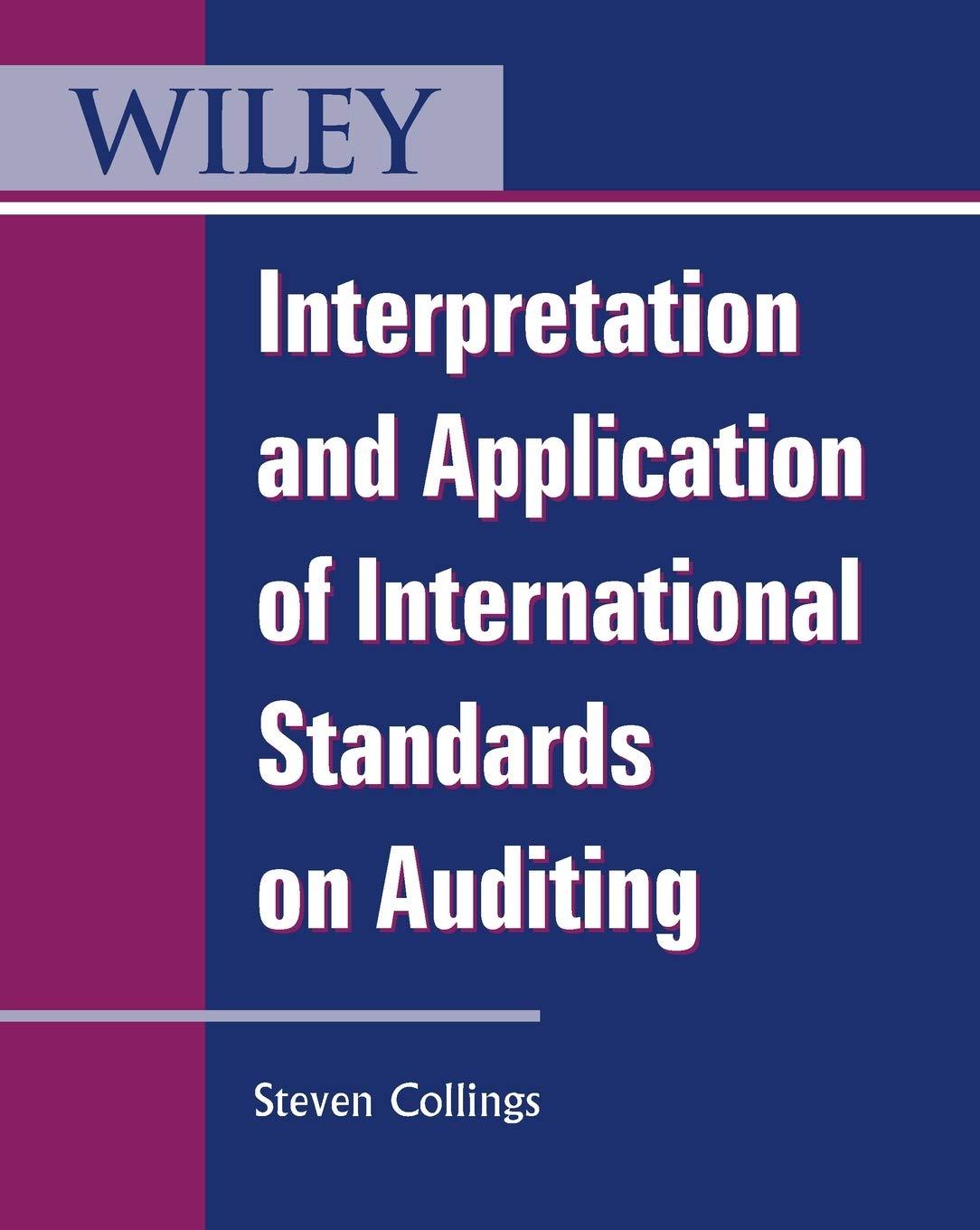Answered step by step
Verified Expert Solution
Question
1 Approved Answer
The term ordinary share is usually applied to a share where the holder has no priority in being a dividend or receiving a capital contribution
The term ordinary share is usually applied to a share where the holder has no priority in being a dividend or receiving a capital contribution in the event of the firm going into liquidation. It is also widely accepted that a share is more difficult to value in practice than a bond, for at least three reasons. Firstly, the promised cash flows (Dividends) are not known in advance with ordinary shares. Secondly, the life of the investment is essentially forever. There is no maturity for an ordinary share. Thirdly, there is no easy way to observe the rate of return that the market requires. Nonetheless, as we will see, there are cases in which we can estimate the value of the future cash flows for a share and thus determine its value by using dividend based approaches (Ross et al, 2019).
An obvious problem with dividend based approach to share valuation is that many companies do not pay dividends. A common approach is to make use of the price-to-earnings ratio.
The price-to-earnings ratio or P/E is one of the most widely-used stock analysis tools used by investors and analysts for determining share valuation. In addition to showing whether a company's stock price is overvalued or undervalued, the P/E can reveal how a stock's valuation compares to its industry group or a benchmark like the S&P 500 Index.
Empirical research find that that firms with low price to earnings ratios (value firms) earn higher stock returns in the long term than high price to earnings firms (growth firms) (Houmes & Chira, 2015). They also suggest that for high P/E firms, boards of directors and outside shareholders are less likely to intervene since higher returns reflect increased agency incentives (agency theory based) for value-creating managers.
Question - Identify and evaluate difficulties and limitations in using the PE ratio to value share.
Step by Step Solution
There are 3 Steps involved in it
Step: 1

Get Instant Access to Expert-Tailored Solutions
See step-by-step solutions with expert insights and AI powered tools for academic success
Step: 2

Step: 3

Ace Your Homework with AI
Get the answers you need in no time with our AI-driven, step-by-step assistance
Get Started


